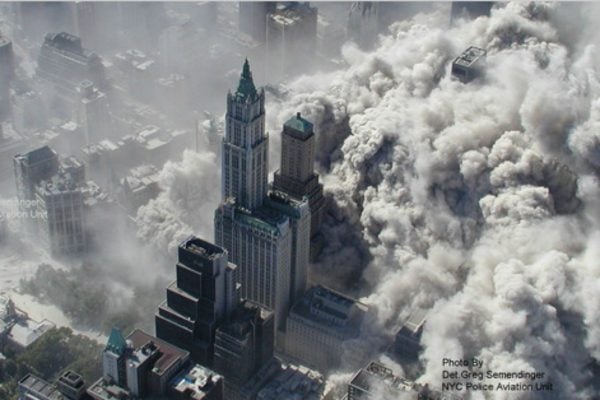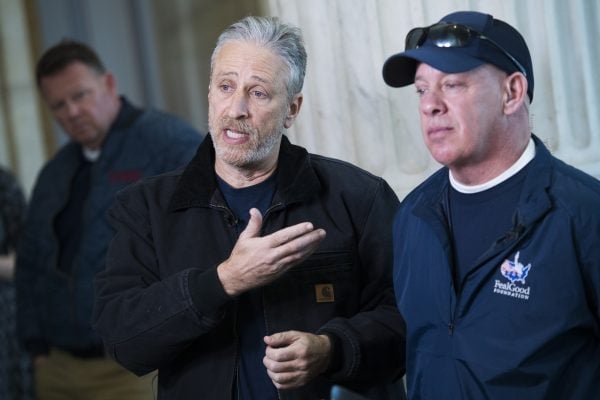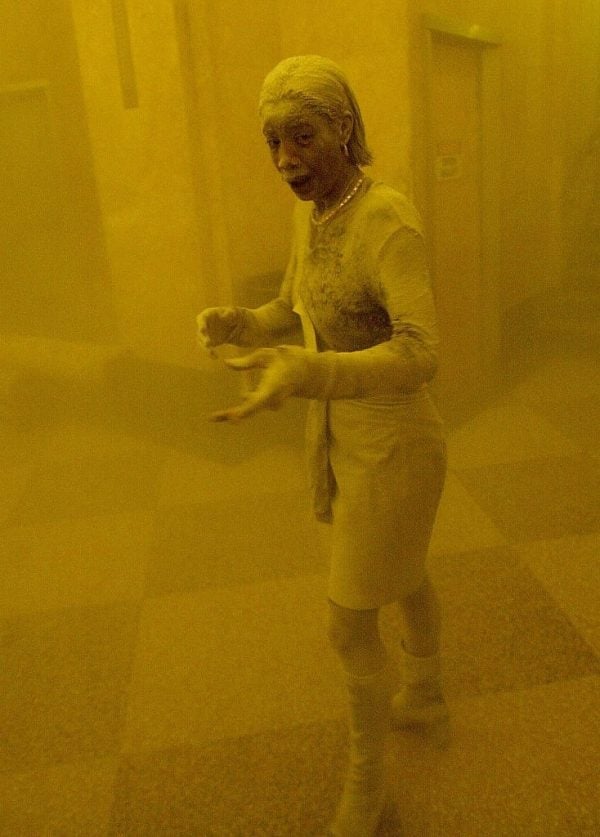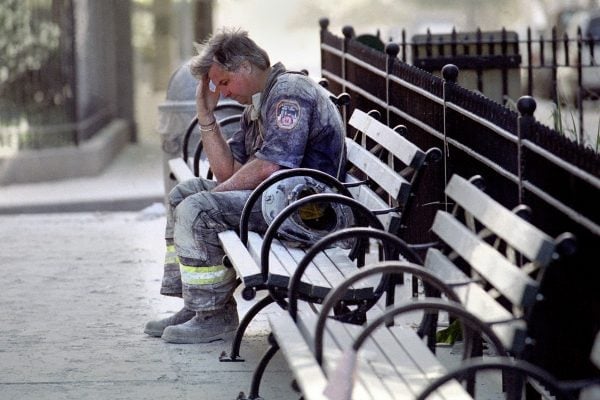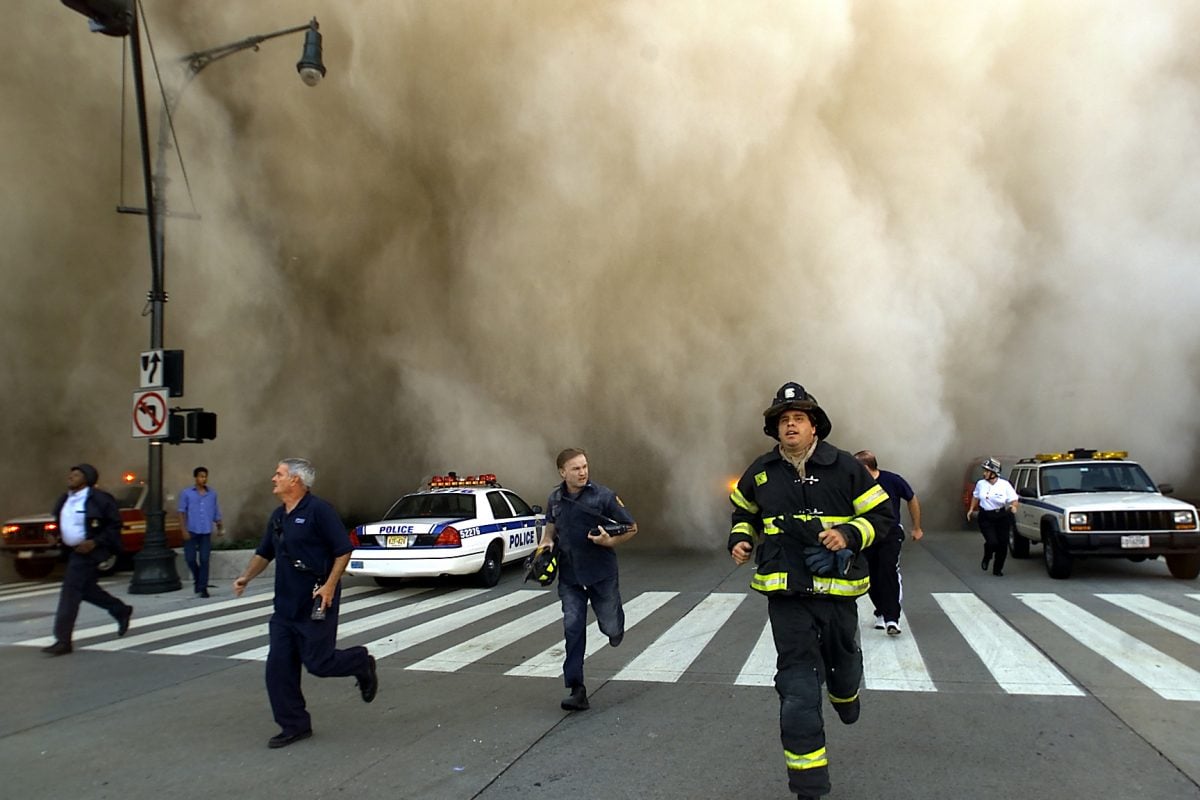
“It’s the longest day in the history of days,” first responder John Feal says about September 11, 2001.
For him, and tens of thousands of others, it’s a day that never ended.
It was a clear, still Tuesday morning in New York City, when civilians looked up and saw an American Airlines plane flying unusually low.
At 8:46am, a terrible sound pierced one of the biggest cities in the world, as the domestic passenger plane flew through the North Tower of the World Trade Centre, instantly killing all 92 people on board.
Why the September 11 death toll continues to rise. Post continues after podcast.
Seventeen minutes later, the world watched a terror attack live on television for the first time in human history, as United Airlines Flight 175 crashed into the South Tower, taking the lives of 65 passengers with it.
Once the tallest buildings on the planet, standing proud in Lower Manhattan, it only took an hour and a half for both towers to collapse to the ground.
The terror attack killed 2,996 people and injured at least 6,000 more.
